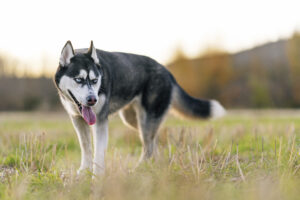Introduction
When it comes to law enforcement, police dogs are among the most effective tools in an officer’s arsenal. These highly trained canines serve as essential partners to police officers across the United States, assisting with everything from suspect apprehension to narcotics detection. While many people are familiar with the common image of police dogs as noble German Shepherds, the reality of police dog breeds spans a much wider and, at times, more intimidating spectrum.
Law enforcement agencies carefully select top police dog breeds based on specific traits: intelligence, strength, agility, and an unwavering work ethic. However, not all police dog breeds are created equal when it comes to striking fear into potential suspects. Some breeds possess a natural intensity and physical presence that can be downright terrifying when encountered in a high-stress situation.
In this comprehensive guide, we’ll explore the five most intimidating police dog breeds currently working alongside officers throughout the United States. These are the canines that even seasoned criminals hope to avoid—powerful, determined, and trained to excellence. Whether you’re interested in law enforcement, considering a career as a K9 handler, or simply curious about these remarkable working animals, understanding these top polis-breeds provides valuable insight into modern policing methods.
At PetsPump, we believe knowledge about all aspects of canine behavior and abilities helps create better understanding between humans and dogs. Let’s dive into the world of these elite police-dog breeds and discover what makes them both exceptionally effective and genuinely intimidating.
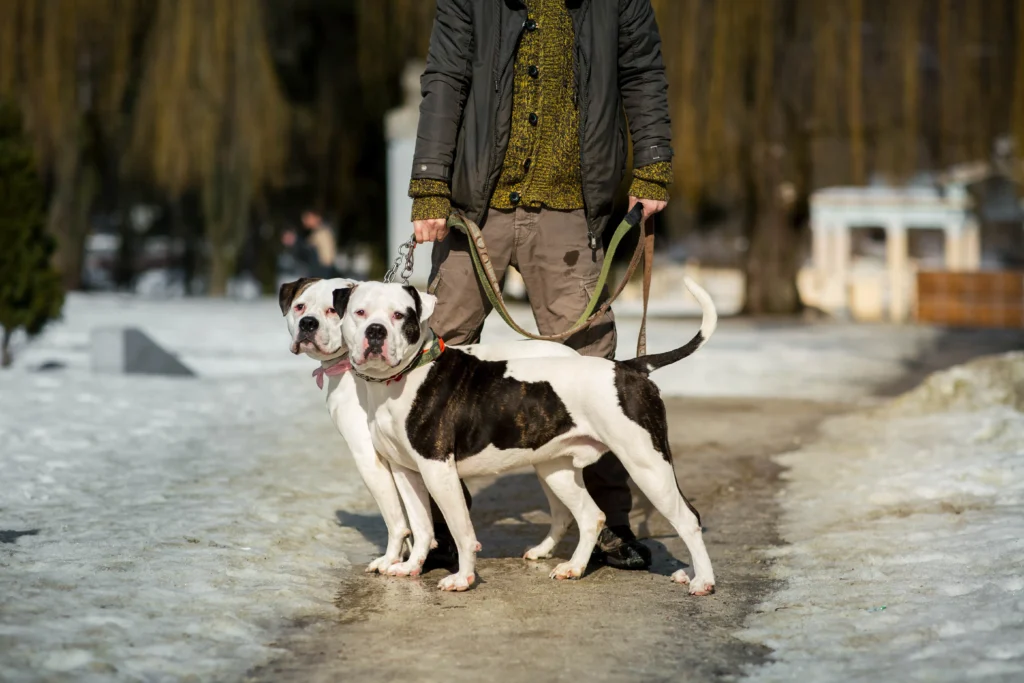
Understanding Police Dogs and Their Roles
Before we delve into the specific breeds of police dogs, it’s important to understand what makes these animals different from regular pets. Police K9s, as they’re often called, undergo rigorous training programs that transform them from normal dogs into specialized law enforcement tools. The types of police dogs vary based on their specific duties, which include:
- Patrol dogs: These are the front-line police dog breeds trained for apprehension, suspect tracking, and handler protection.
- Detection dogs: Specialized in sniffing out narcotics, explosives, or other contraband.
- Search and rescue dogs: Trained to locate missing persons or disaster victims.
- Cadaver dogs: Specifically trained to detect human remains.
- Specialized units: Some police dog breeds work in specific roles like border patrol or correctional facilities.
The selection of what breeds do police use is not arbitrary. Law enforcement agencies invest considerable resources in identifying and training the most suitable police dog breeds for their specific needs. The ideal police dog combines intelligence, physical capability, trainability, and the appropriate temperament for high-stress situations.
According to the National Police Dog Foundation, training a single police K9 can cost between $12,000 and $15,000, not including the ongoing training that continues throughout the dog’s career. This significant investment underscores the importance of selecting the right breeds of police dogs for the job.
Now, let’s examine the five most intimidating police dog breeds currently serving in law enforcement agencies across the United States.
1. Belgian Malinois – The Relentless Pursuer
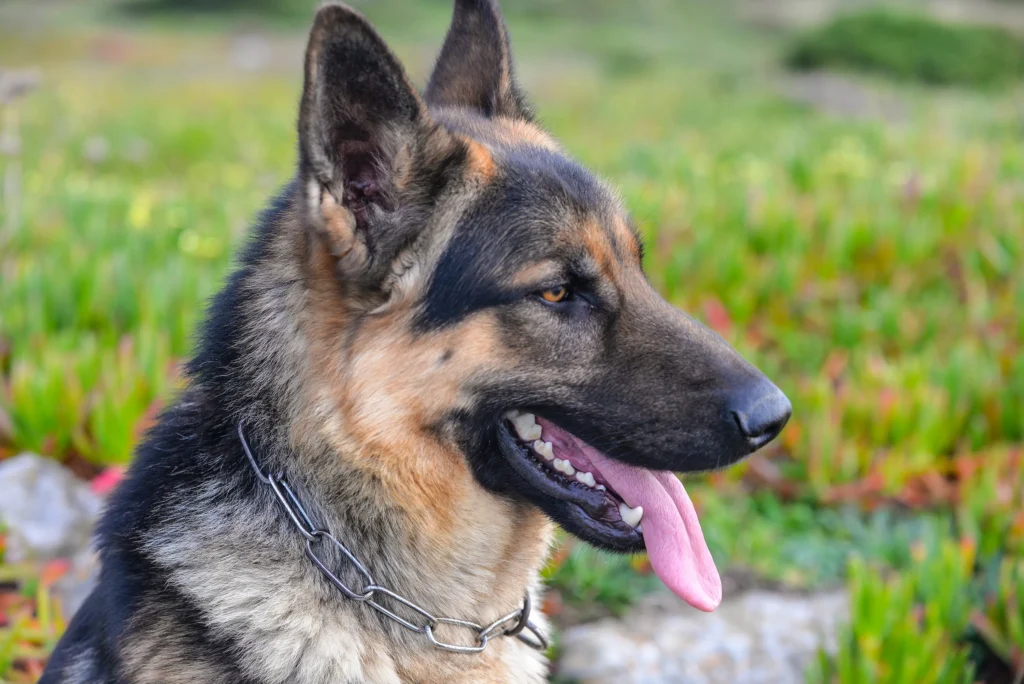
When discussing the most formidable police dog breeds, the Belgian Malinois has increasingly claimed the top spot in many law enforcement agencies. Often mistaken for a German Shepherd by the untrained eye, the Belgian Malinois police dog possesses distinct characteristics that make it particularly intimidating to face down.
Why They’re Scary
The Belgian Malinois has earned its fearsome reputation among police dog breeds for several reasons:
- Explosive speed and agility: Capable of reaching speeds up to 30 mph, a Malinois can overtake most human suspects within seconds.
- Incredible bite force: With approximately 195 pounds of pressure per square inch in their bite, these police dog breeds can cause significant damage when apprehending suspects.
- Relentless drive: Perhaps most intimidating is the Malinois’ unwavering determination. Once given a command to pursue, these top police dog breeds will not stop until recalled by their handler.
- Athletic ability: Their ability to jump over 8-foot fences and navigate complex terrain makes them nearly impossible to evade.
The Belgian Malinois police dog has become increasingly popular with elite military units like Navy SEALs and specialized police forces. In fact, it was a Belgian Malinois named Cairo who participated in the raid on Osama bin Laden’s compound. Their growing prominence among police dog breeds is due to their combination of intelligence, work drive, and physical capabilities that exceed even those of the traditional German Shepherd.
Law enforcement officers often remark that the intensity of a Malinois’ focus is what makes them particularly intimidating among police dog breeds. Unlike some working dogs who might be distracted, a well-trained Malinois remains laser-focused on its objective regardless of surrounding chaos.
2. Dutch Shepherd – The Versatile Enforcer
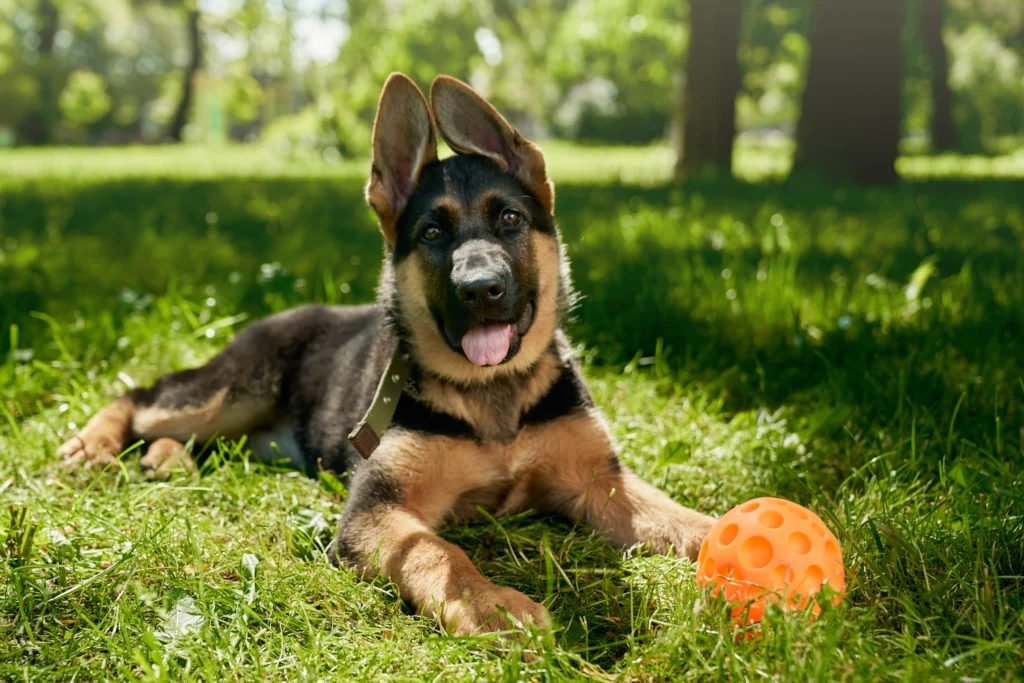
Less well-known to the general public but highly respected within law enforcement circles, the Dutch Shepherd ranks among the most intimidating police dog breeds in service today. These striking brindle-coated canines combine many of the best qualities sought in top police dog breeds with a unique intensity that makes them formidable police partners.
Why They’re Scary
The Dutch Shepherd earns its place among the most intimidating police dog breeds for several key reasons:
- Exceptional versatility: These dogs excel in multiple disciplines, making them unpredictable for suspects who may not know which threat they’re facing.
- Natural suspicion: Dutch Shepherds typically maintain a healthy skepticism toward strangers, making them excellent natural guardians.
- Independent thinking: Unlike some police dog breeds that rely heavily on constant handler direction, Dutch Shepherds can assess situations and make decisions when necessary.
- Physical stamina: Their ability to work tirelessly for hours makes them particularly intimidating for suspects attempting to evade capture.
The Dutch Shepherd remains somewhat rare among police dog breeds in the United States compared to more common choices, but their popularity is growing rapidly. Law enforcement agencies prize these dogs for their adaptability and natural protective instincts, which require less intensive training than some other breeds of police dogs.
What makes a Dutch Shepherd particularly frightening to encounter is their combination of intelligence and physical capability. When a Dutch Shepherd is deployed in a police situation, suspects face an adversary that can outthink as well as outmaneuver them—a truly intimidating prospect.
3. German Shepherd – The Iconic Enforcer
No discussion of intimidating police dog breeds would be complete without the iconic German Shepherd police dog. For decades, this breed has been the face of police K9 units across the United States and remains among the most recognized and feared police dog breeds in law enforcement.
Why They’re Scary
The German Shepherd has earned its legendary status among police dog breeds through a combination of:
- Imposing physical presence: With males weighing between 75-95 pounds and standing 24-26 inches tall, the German Shepherd police dog presents an intimidating silhouette.
- Distinctive vocalization: The deep, powerful bark of a German Shepherd is instantly recognizable and inherently intimidating to most people.
- Intelligence and assessment: These dogs can quickly evaluate a threat situation and respond appropriately—a level of discernment that makes them unpredictable to suspects.
- Balanced aggression: Unlike some police dog breeds that may be single-minded in their approach, German Shepherds combine controlled aggression with tactical awareness.
The German Shepherd police dog remains among the most common police dog breeds due to its exceptional balance of traits. They possess enough aggression to be effective in apprehension but remain controllable enough for complex urban environments. This versatility is why German Shepherds continue to be among the top police dog breeds despite the rising popularity of the Malinois and other alternatives.
What makes German Shepherds particularly intimidating is their iconic status in the public mind. Most people immediately recognize a German Shepherd police dog and understand its capabilities—creating an instant psychological deterrent that few other police dog breeds can match.
4. Doberman Pinscher – The Precision Instrument
While less commonly seen in modern police forces than they once were, Doberman Pinschers still serve in specialized units and remain among the most intimidating police dog breeds ever to wear a badge. These sleek, powerful dogs bring a combination of intelligence and athleticism that makes them excellent choices for certain law enforcement applications.
Why They’re Scary
The Doberman earns its reputation as one of the most intimidating police dog breeds through:
- Streamlined power: Few police dog breeds match the Doberman’s combination of speed, strength, and precision. Their muscular build and elegant movement create an impression of controlled power.
- Intimidating appearance: The Doberman’s sleek coat, cropped ears (in working dogs), and focused expression create an instantly recognizable silhouette that many find naturally intimidating.
- Intelligence and discernment: Ranked among the smartest police dog breeds, Dobermans can evaluate complex situations and respond with precision—making them unpredictable adversaries.
- Silent approach: Unlike some police dog breeds that announce their presence, Dobermans can work quietly, adding an element of surprise that increases their intimidation factor.
While they’re not as commonly found among modern police dog breeds as they were decades ago, Dobermans still excel in specialized roles that leverage their unique combination of intelligence and physical capability. Their precision and ability to work with minimal direction make them valuable assets for certain types of law enforcement operations.
What makes Dobermans particularly frightening to encounter is their combination of intelligence and intensity. When a Doberman locks its attention on a suspect, the focus is absolute—creating a psychological pressure few other police dog breeds can match.
5. Belgian Tervuren – The Uncommon Specialist
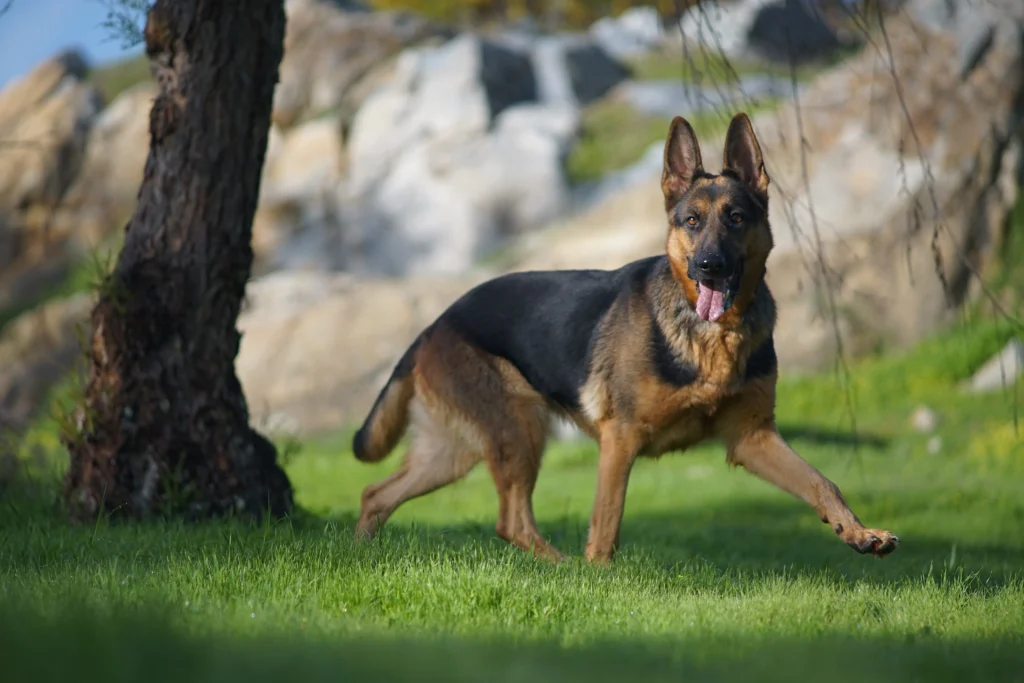
Rounding out our list of intimidating police dog breeds is the Belgian Terv
uren—a less common but highly effective police K9 that shares many traits with its better-known cousin, the Malinois. These elegant but powerful dogs bring a unique combination of traits to law enforcement work.
Why They’re Scary
The Belgian Tervuren earns its place among intimidating police dog breeds through:
- Striking appearance: With their long, flowing coat and alert expression, Tervurens create an immediate visual impact that many find unsettling.
- Exceptional scenting ability: Even among top police dog breeds, Tervurens stand out for their tracking capability, making them nearly impossible to evade.
- Territorial instinct: These dogs naturally protect their space and handler with intense focus and determination.
- Athletic endurance: Tervurens can work for extended periods without fatigue, wearing down suspects psychologically as well as physically.
While not as widely deployed as some other police dog breeds, the Belgian Tervuren excels in specialized roles, particularly those involving scent detection and tracking. Their combination of intelligence and physical capability makes them highly adaptable to various law enforcement applications.
What makes the Belgian Tervuren particularly intimidating is its relative rarity—suspects are less likely to be familiar with this breed’s capabilities, creating an element of uncertainty that amplifies their psychological impact when deployed in police operations.
Training Methods for Police Dogs
The intimidation factor of these police dog breeds isn’t just about their natural characteristics—it’s significantly enhanced by their rigorous training. Understanding how these dogs are transformed into law enforcement assets helps explain why they present such a formidable presence.
Selection Process
Not every dog within these top police dog breeds makes the cut for police work. Agencies typically look for specific traits when selecting from breeds of police dogs:
- Strong prey drive
- Physical soundness
- Confidence in various environments
- Appropriate aggression response
- Trainability and focus
These selection criteria ensure that only the most suitable candidates from each of these police dog breeds proceed to formal training. The washout rate can be significant, with some programs accepting only 30% of initially evaluated dogs.
Training Regimens
Training for these police dog breeds typically includes:
- Obedience: Essential baseline training that all police dog breeds must master.
- Tracking: Teaching dogs to follow human scent over various terrains.
- Detection: Specialized training for drugs, explosives, or other substances.
- Apprehension: Perhaps the most intimidating aspect of police dog breeds‘ training, teaching them to pursue, capture, and hold suspects.
- Handler protection: Training that ensures the dog will defend its officer in dangerous situations.
For the top police dog breeds we’ve discussed, this training enhances their natural abilities and creates a disciplined, controlled response to commands. The combination of innate traits and intensive training is what makes these police dog breeds particularly effective—and intimidating—in law enforcement settings.
Equipment Used with Police Dogs
The intimidation factor of police dog breeds is often enhanced by the specialized equipment they use in the field. This gear serves both functional and psychological purposes:
- Tactical vests: Many police dog breeds wear ballistic or tactical vests that both protect them and create a more imposing appearance.
- Specialized collars and harnesses: These provide control points for handlers and often feature identifiable “POLICE” markings.
- Tracking leads: Specialized long leads allow these police dog breeds to track while maintaining handler contact.
This equipment not only enhances the functionality of these police dog breeds but also creates an immediate visual signal of their official capacity. When a suspect sees a dog in police equipment, the psychological impact is significant—even before the dog takes any action.
Comparative Strengths of Police Dog Breeds
While all five of these police dog breeds are intimidating, they each bring different strengths to law enforcement work. Understanding these differences helps explain why agencies select particular breeds of police dogs for specific roles:
| Breed | Top Strength | Typical Use |
|---|---|---|
| Belgian Malinois | Overall athleticism | Patrol and apprehension |
| Dutch Shepherd | Versatility | Multi-purpose roles |
| German Shepherd | Balanced temperament | General police work |
| Doberman Pinscher | Precision and focus | Specialized units |
| Belgian Tervuren | Scenting ability | Tracking and detection |
This specialization among police dog breeds allows law enforcement agencies to deploy the right dog for specific scenarios. The various strengths of these top police dog breeds make them effective across a wide range of law enforcement applications.
The Future of Police Dog Breeds
As law enforcement evolves, so too do the preferences for certain police dog breeds. Several trends are currently shaping the future of police dog breeds in the United States:
- Increasing preference for Belgian Malinois police dogs over traditional German Shepherds
- Growing interest in dual-purpose police dog breeds that can perform multiple roles
- Exploration of less common breeds of police dogs for specialized applications
- Focus on dogs with higher heat tolerance as climate concerns grow
These trends suggest that the landscape of police dog breeds will continue to evolve, with agencies seeking the optimal combination of traits for their specific needs. What remains constant is the intimidation factor these elite canines bring to law enforcement work.
How to Respond if Confronted by a Police Dog
Given the intimidating nature of these police dog breeds, knowing how to respond if you encounter one is important for public safety:
- Remain still and avoid sudden movements
- Do not run, as this triggers pursuit instincts in all police dog breeds
- Comply with officer commands immediately
- Keep hands visible and away from your body
- Never attempt to fight or intimidate the dog
These guidelines apply regardless of which of these police dog breeds you might encounter. The top police dog breeds are trained to respond to specific behaviors, and understanding these triggers can help civilians avoid dangerous situations
Conclusion
The five police dog breeds we’ve explored—Belgian Malinois, Dutch Shepherd, German Shepherd, Doberman Pinscher, and Belgian Tervuren—represent the elite tier of canine law enforcement partners. Their combination of natural abilities and intensive training makes them among the most intimidating working anim
National Police Dog Foundation: https://www.nationalpolicedogfoundation.org/ American Kennel Club Working Dogs: https://www.akc.org/sports/working-dog-events/





